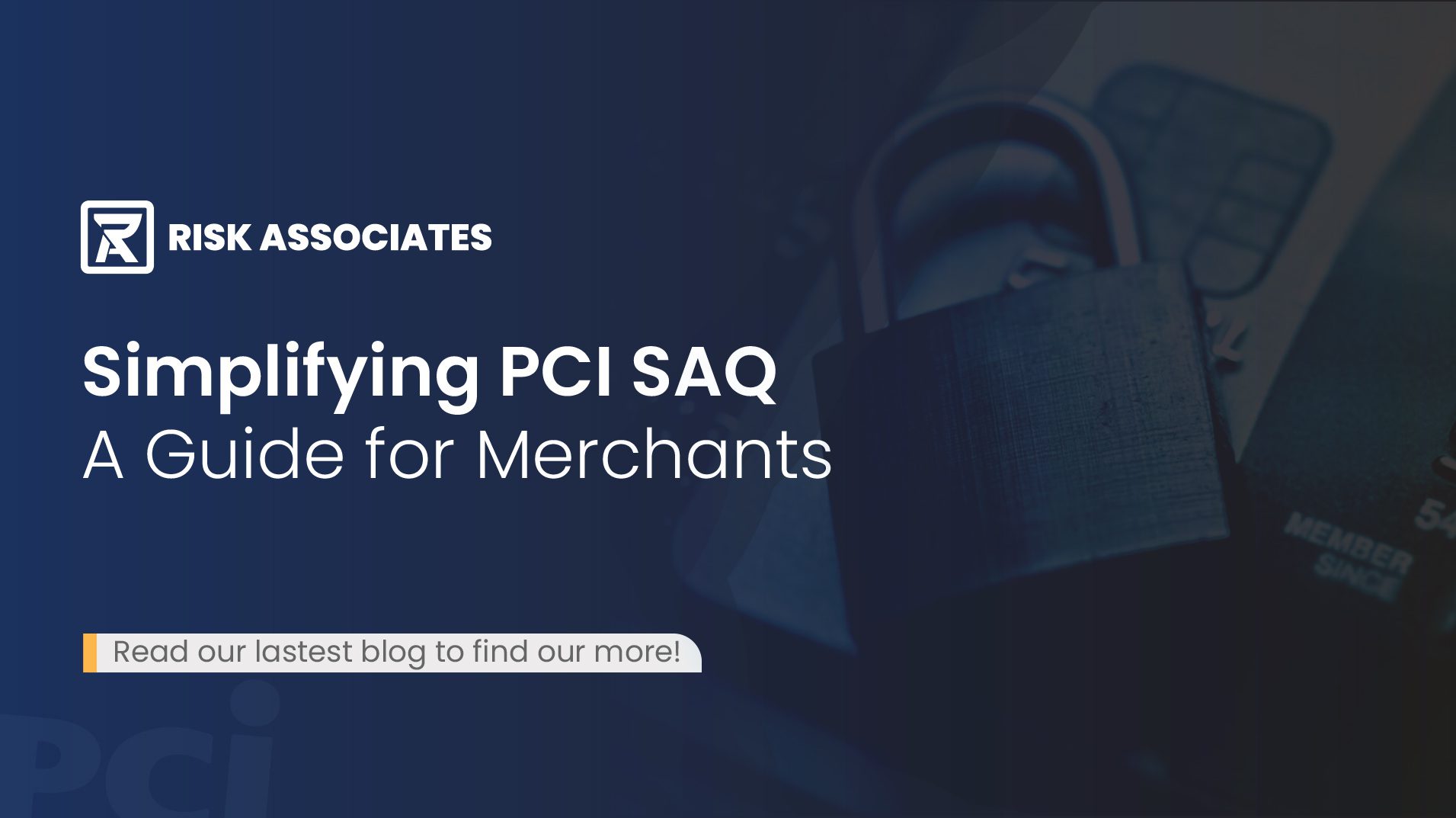
In today’s digital age, more people are opting for the convenience of electronic payments, with a growing trend of purchasing goods and services online. For businesses with websites, accepting online payments is a simple and effective way to boost revenue.
Implementing an online payment gateway makes transactions faster, smoother, and more efficient for both buyers and sellers. Businesses must ensure compliance with the Payment Card Industry Data Security Standard (PCI DSS) by completing the appropriate Self-Assessment Questionnaire (SAQ) to safeguard customer payment information and maintain secure transactions.
The Payment Card Industry Self-Assessment Questionnaire (PCI SAQ) is a crucial tool for merchants to assess their compliance with the Payment Card Industry Data Security Standard (PCI DSS). This guide simplifies the process of understanding and completing the PCI SAQ, particularly focusing on the various types available and the steps involved in completing them.
The Payment Card Industry (PCI) Self-Assessment Questionnaire (SAQ) serves as an essential tool for merchants engaged in the processing of card transactions. This guide aims to elucidate the key aspects of the SAQ process, thereby facilitating a clearer understanding for merchants.
Risk Associates, a leading provider of PCI DSS compliance services, helps businesses navigate these validation methods while identifying and mitigating risks.
Simplifying the PCI SAQ process involves understanding requirements, assessing payment systems, and implementing security measures to protect sensitive data. By following these steps, merchants can ensure PCI compliance and secure transactions. Level 1, 2, and 3 merchants must perform quarterly PCI ASV scans, while Level 4 merchants may not need scans but should still follow secure practices. This system ensures stricter security for high-volume merchants and simplifies compliance for smaller ones. Working with Approved Scanning Vendors helps reduce the risk of data breaches, while ongoing monitoring and proactive security are key to maintaining compliance.
SAQ is a tool used by merchants who do not need an onsite assessment to evaluate their own compliance with PCI DSS. It helps merchants ensure they meet security standards and avoid potential breaches.
Merchants, depending on their classification (Level 1, 2, or 3), are required to conduct quarterly vulnerability scans by a PCI SSC-approved scanning vendor (ASV). This scan helps identify vulnerabilities in internet-facing systems.
Non-compliance with PCI DSS can lead to severe penalties, including fines, damage to your reputation, and potentially losing the ability to process card payments. In some cases, businesses may also face legal liabilities in the event of a data breach.
Your merchant level is determined by the number of card transactions you process annually. You can contact your acquiring bank to help determine your classification and the validation requirements associated with your level.
An onsite assessment is performed by a PCI-Certified Assessor to evaluate a business’s compliance with PCI DSS standards. A self-assessment allows merchants to evaluate their compliance independently, using tools like the Self-Assessment Questionnaire (SAQ).
